Thanks to 3D-printing, 25,000 homeless people in Texas have somewhere to live.


Thanks to 3D-printing, 25,000 homeless people in Texas have somewhere to live.
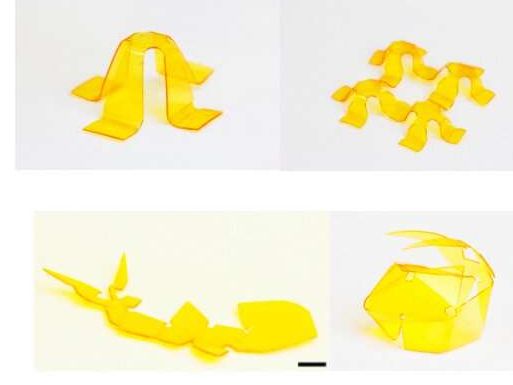
In recent years, 3D printing has opened up interesting new possibilities for the large-scale production of electronic components, as well as of a variety of other objects. To this end, research teams worldwide have been trying to create materials and structures that can easily change shape, as these could be particularly useful for 3D printing applications.
Although many of the programmable and shape-shifting materials developed so far have proved to be promising for 3D printing, they are often not mechanically robust. This makes them unideal for printing objects that are resistant to a lot of weight or strain.
To overcome this limitation, researchers at Georgia Institute of Technology, Peking University and Beijing Institute of Technology have recently proposed a new shape-morphing material system that is also mechanically robust. This new material, created via the volatilization of a volatile component that has not fully reacted, was presented in a paper published in ACS Applied Materials & Interfaces. The lead authors of this paper are Qiang Zhang and Xiao Kuang.
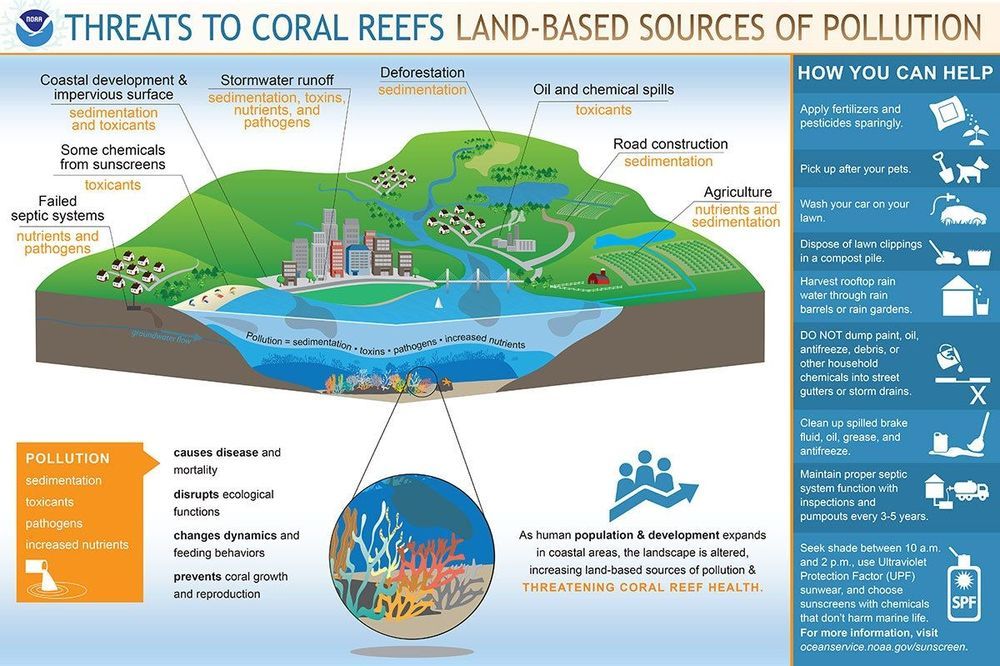
Most of us have heard that coral reefs around the world are dying, largely because of warmer ocean temperatures and the increased acidity of seawater, but few people realize why that is important to humans. Who really cares if the Great Barrier Reef off the coast of Australia is nearly lifeless? So a few rich scuba divers won’t get to see it. Boo-hoo. Actually, it’s a little more complicated than that.
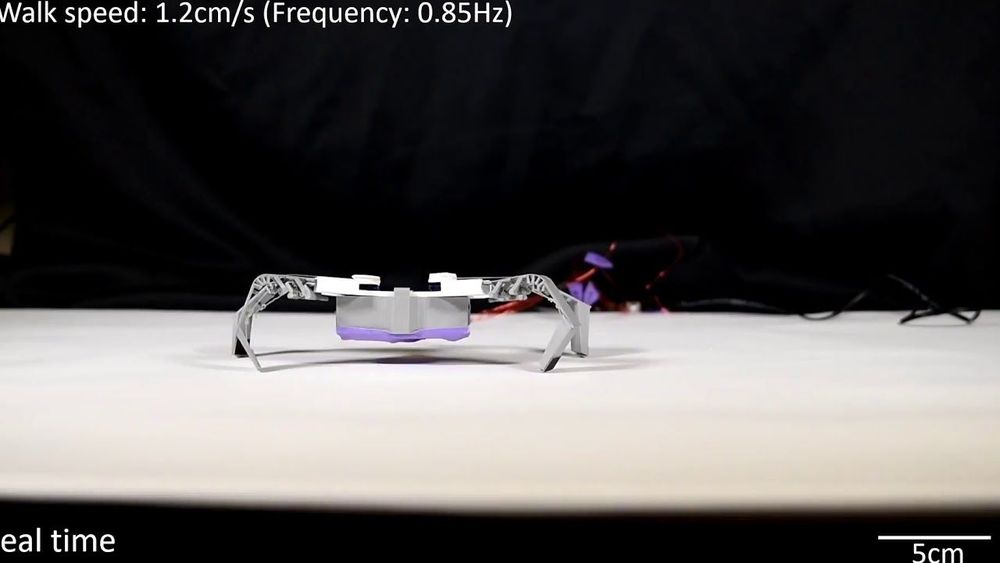
3D-printed ‘flexoskeletons’ make it possible to build a soft robot in less than two hours without extravagant costs.
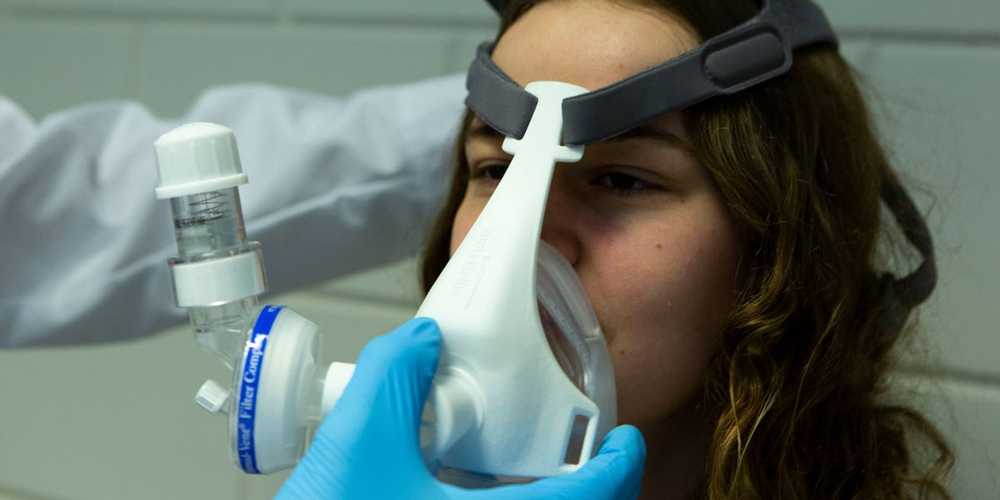

#Technology in #medicine: What will the #future #healthcare be like? https://www.neurozo-innovation.com/post/future-health Technologies have made many great impacts on our medical system in recent years. The article will first give a thorough summarization of them, and then the expectations and potential problems regarding future healthcare will be discussed. #AI #5G #VR #AR #MR #3DPrinting #BrainComputerInterface #telemedicine #nanotechnology #drones #SelfDriving #blockchain #robotics #innovation #trend
Technology has many beneficial effects on modern people’s lives, and one of them is to prolong our lifespan through advancing the medical field. In the past few years, new techniques such as artificial intelligence, robots, wearable tech, and so on have been used to improve the quality of our healthcare system, and some even newer innovations such as flying vehicles and brain computer interface are also considered valuable to the field. In this article, we will first give a thorough discussion about how these new technologies will shape our future healthcare, and then some upcoming problems that we may soon face will be addressed.

As we enter our third decade in the 21st century, it seems appropriate to reflect on the ways technology developed and note the breakthroughs that were achieved in the last 10 years.
The 2010s saw IBM’s Watson win a game of Jeopardy, ushering in mainstream awareness of machine learning, along with DeepMind’s AlphaGO becoming the world’s Go champion. It was the decade that industrial tools like drones, 3D printers, genetic sequencing, and virtual reality (VR) all became consumer products. And it was a decade in which some alarming trends related to surveillance, targeted misinformation, and deepfakes came online.
For better or worse, the past decade was a breathtaking era in human history in which the idea of exponential growth in information technologies powered by computation became a mainstream concept.
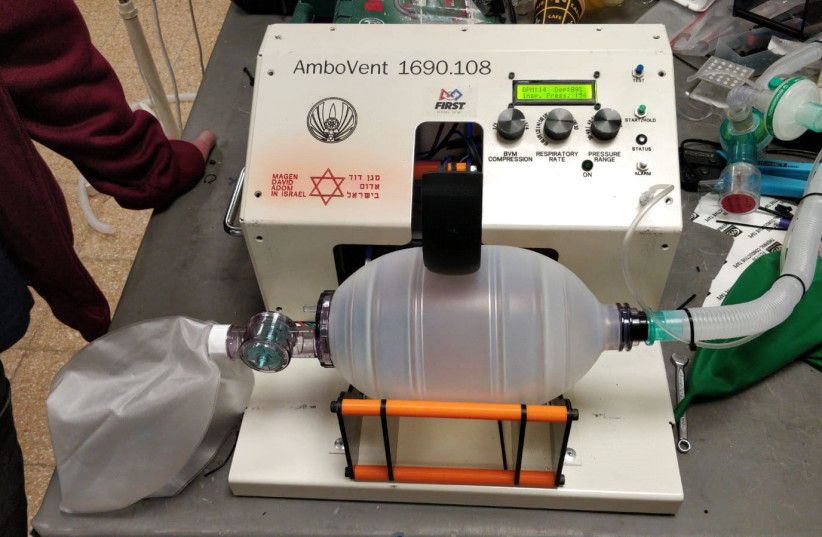
Is a low-cost Israeli #ventilator the key to saving #coronavirus patients in #Iran, Africa and more?
“We are not talking about a website for the general public, we are talking about engineers and other experts, and we know the groups who are working on it because they are in touch with us via WhatsApp and emails, to ask questions and understand how to proceed,” he said.
“AmboVent” is a device inspired by the bag-valve mask ventilators that paramedics use when they’re manually ventilating patients in an ambulance, which also offers controls for respiration rate, volume, and maximum peak pressure. Organizations involved in its development include the Magen David Adom, Israeli Air Force 108 Electronics Depot; physicians from Hadassah and Tel Aviv Sourasky medical centers; Microsoft; Rafael, an Israeli defense contractor; Israeli Aerospace Industries; and mentors and students from FIRST Israel, a student robotics organization.
A key feature of the project is that not only the technology is opensource, but its components can be easily built with limited tools and parts, for example 3D printers and car pieces, making the production much more accessible even in less developed country.
“We kept the design and every aspect of it very simple so it would be as easy as possible to be replicated from everywhere,” he said.

Designer Babies
Xenobots, which were first brought to life back in January, can’t reproduce. Instead, computer scientists program them in a virtual environment and then 3D print their creations out of embryonic cells.
“We are witnessing almost the birth of a new discipline of synthetic organisms,” Columbia University roboticist Hod Lipson, who was not part of the research team, told the NYT. “I don’t know if that’s robotics, or zoology or something else.”
